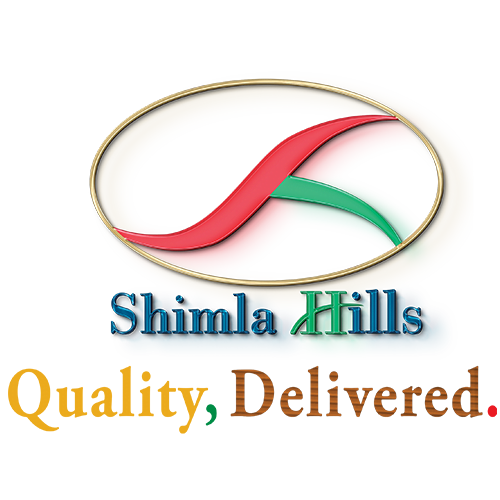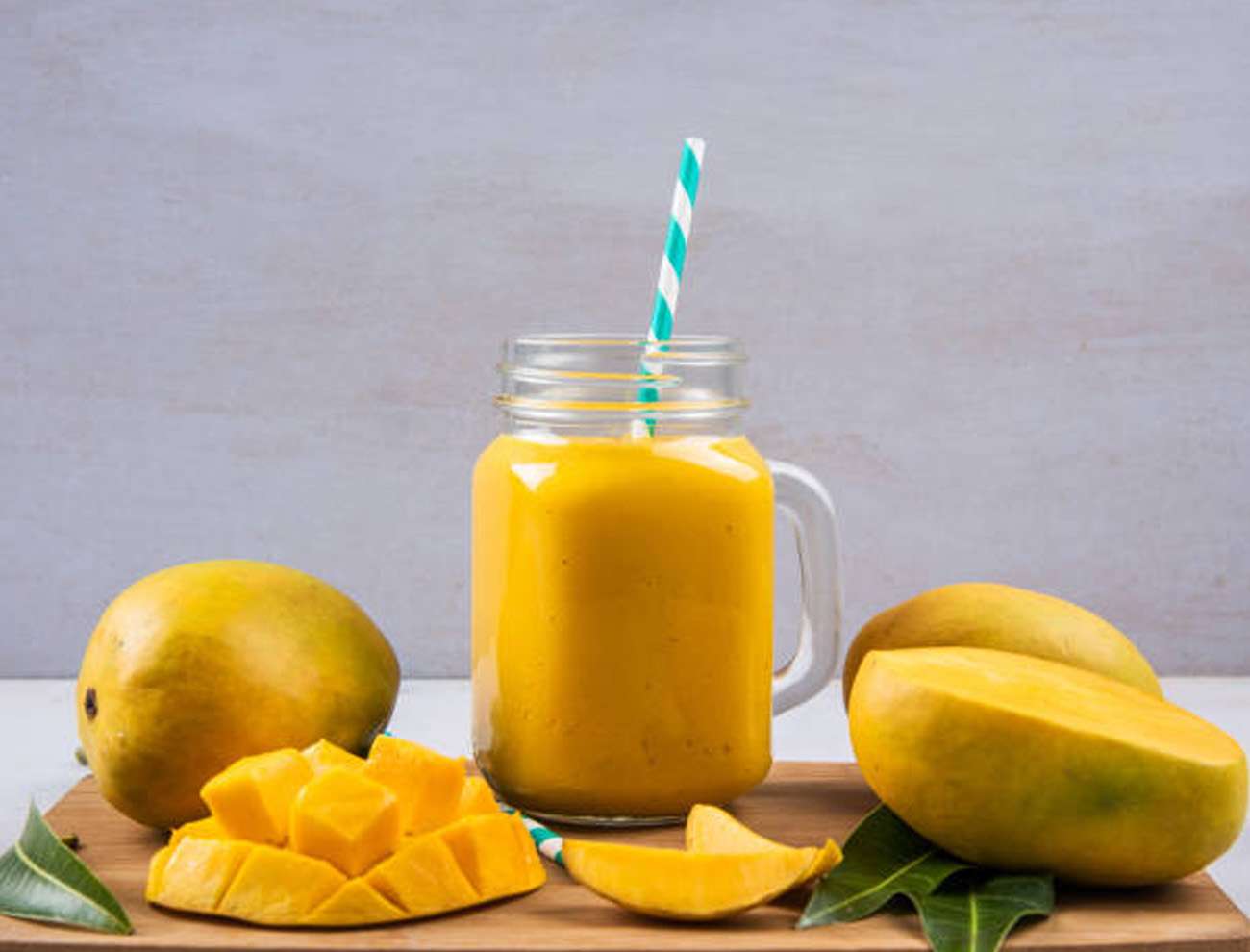
Alphonso vs Totapuri for Food & Beverage Manufacturing

When we talk about summers, the first thing that comes to our mind is mangoes- the king of summer fruits. One taste of a perfectly ripe mango is enough to make anyone a lifelong fan of the juicy, sunset-hued fruit. From Aam Panna, mango shakes to mango ice-creams and much more… the list of Food & Beverage products you can create with mangoes is endless. This topical fruit’s juicy taste just makes everything taste so irresistible.
But did you know that most of the mango found in fresh or processed forms all over the world is usually imported as mango is grown in considerable quantities in specific regions, namely: Southeast Asia, Australia, the Caribbean, Latin America, and South America. Moreover, about 56% of the world’s mango production happens in India, a country that boasts more than 1000 mango varieties. Over time, the fruit has traveled around the world and is now an integral part of most tropical cuisines. In fact, mangoes are now the No. 1 fruit in the world, outpacing banana consumption by 3 to 1 making it an excellent raw material for the Food & Beverage Industry. But the varieties that stand out the most are: Alphonso Mango (Hapus) also known as the ‘King of the Mangoes’ and Totapuri Mango, ‘the parrot-shaped mango’.
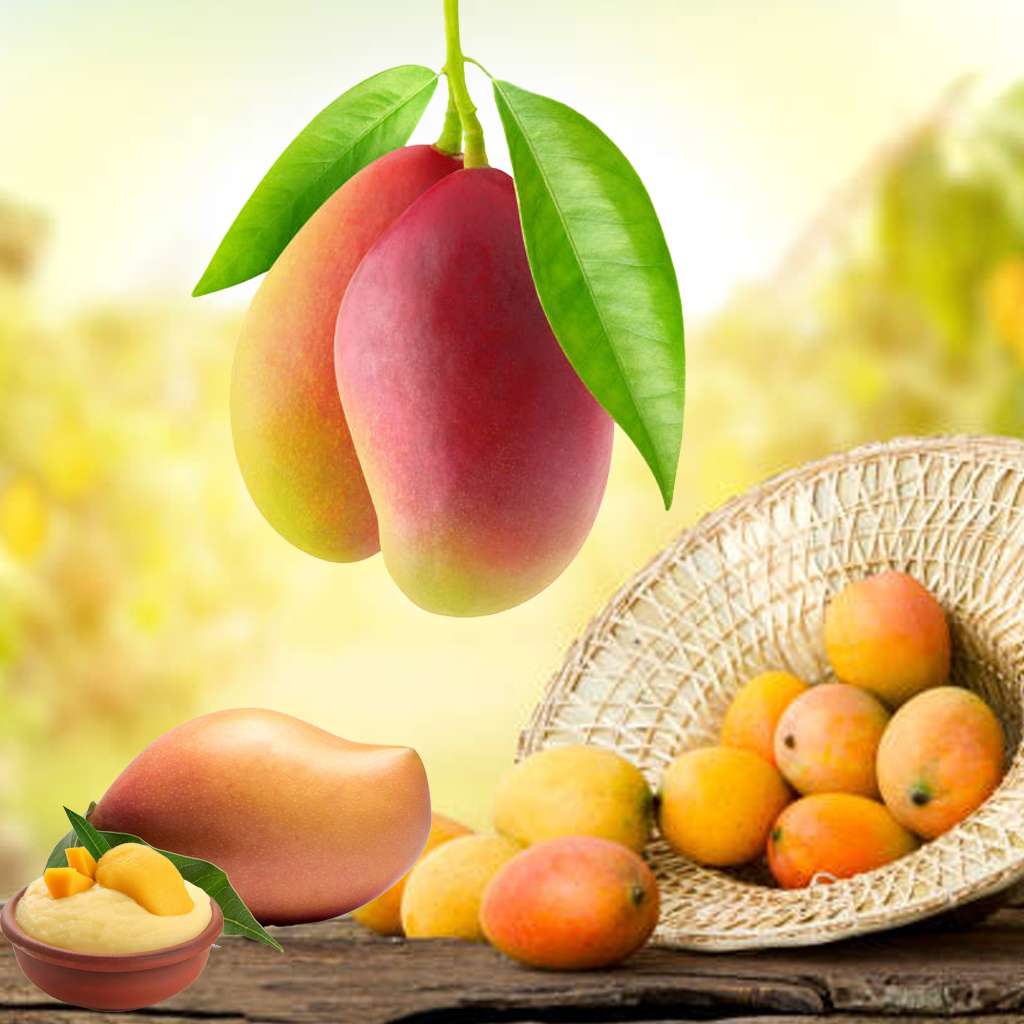
Now you must be wondering
Out of the two, which Mango variety will suffice your Food & Beverage Manufacturing requirements? When it comes to Food and Beverage manufacturing, choosing the right raw materials is crucial to creating the perfect product.
Alphonso mangoes which are rightly acclaimed as the ‘king of mangoes’ are known for their rich, creamy texture and sweet, floral taste. They are mostly grown in the western regions of India, and they have a relatively short season, making them a rare and expensive commodity. Alphonso mangoes are perfect for making desserts, smoothies, and juices due to their sweet flavor and creamy texture.
Totapuri mangoes, on the other hand, have a tangy, acidic taste and a firm, fibrous texture. They are mostly grown in the southern regions of India and have a more extended season compared to Alphonso mangoes. Totapuri mangoes are often used in chutneys (condiments), pickles, and other savoury dishes due to their tangy flavour and firm texture. They are also used in the beverage industry to make juices, nectars, and concentrates.
The Great Mango Debate: Which One Should You Choose?
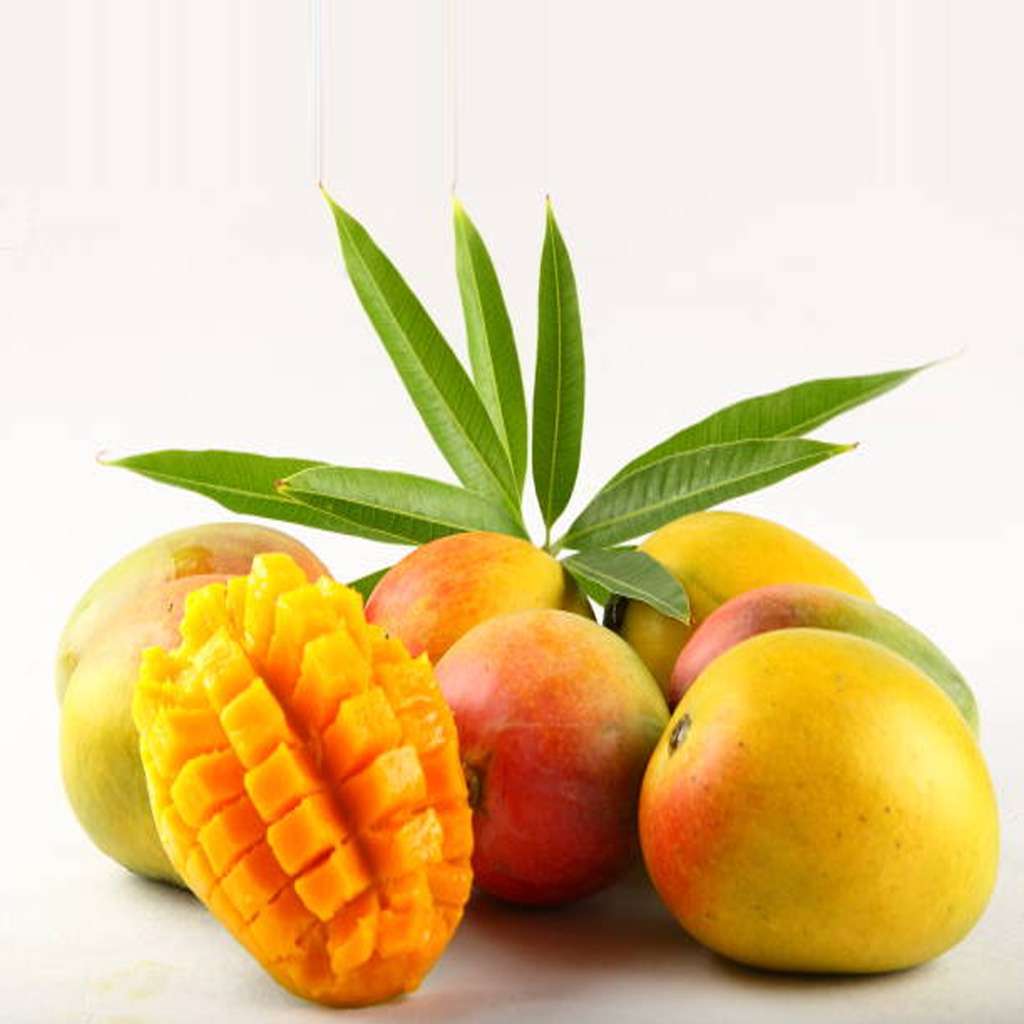
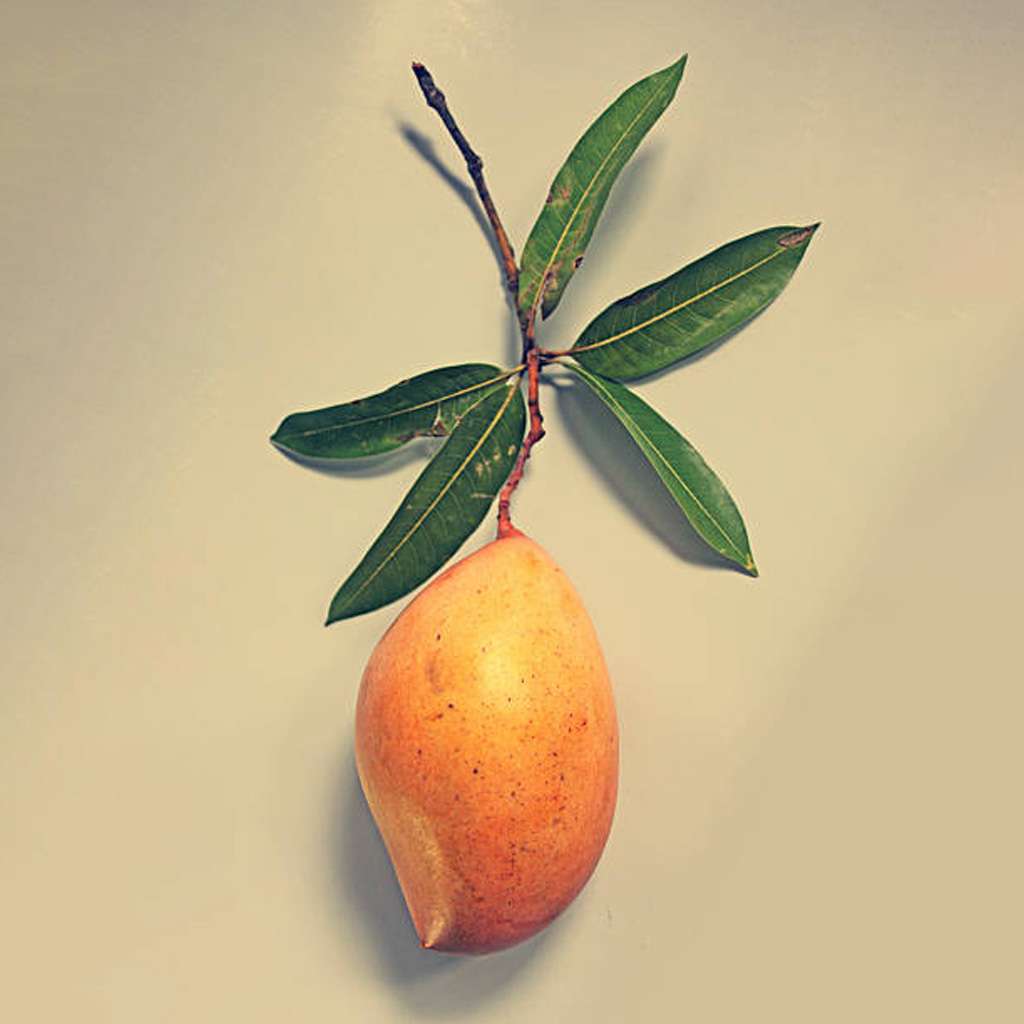
When it comes to choosing the right variety of mango between the two for your food or beverage product, there may not be a straightforward answer. Both Alphonso and Totapuri mangoes have their unique taste and texture profiles that make them ideal for specific applications. Differences based on Shelf life and costing: Totapuri mangoes are generally less expensive than Alphonso mangoes and are often used in food manufacturing due to their longer shelf life and availability. However, if cost and availability are a concern, Totapuri mangoes may be the better choice. Differences based on Applications: Alphonso mangoes are the best option if you are preparing desserts, smoothies, or drinks with a sweet, creamy texture. However, Totapuri mangoes should be a preferable choice, if you are preparing a tangy chutney (condiment), pickle, or beverage that needs a tangy flavour profile. In some cases, you may even choose to blend both types of mangoes to create a unique flavor profile. For example, you may blend Alphonso and Totapuri mangoes to balance the sweet and tangy flavors and create a well-rounded product.
